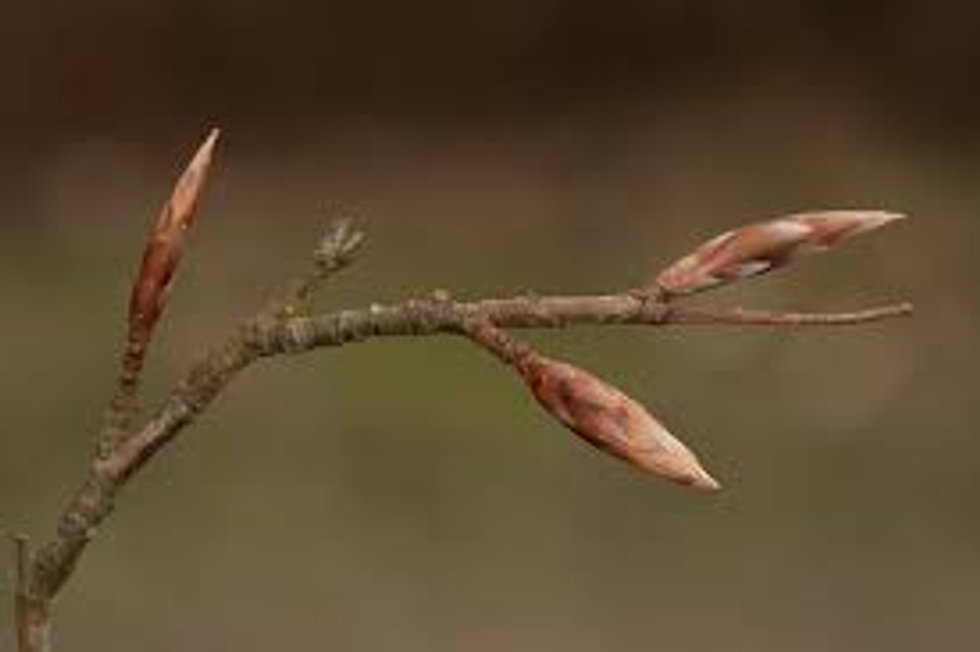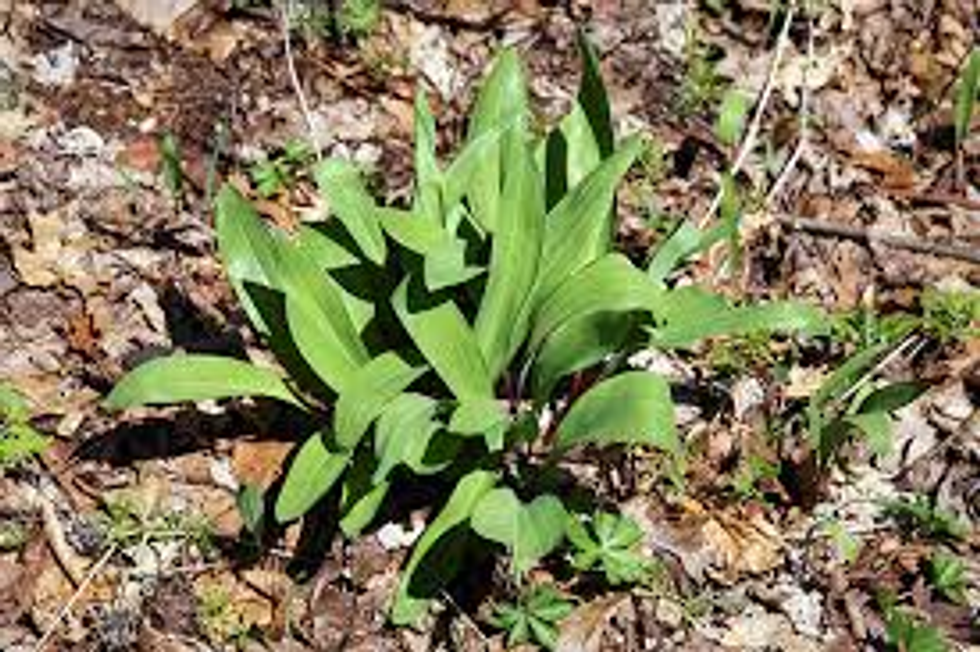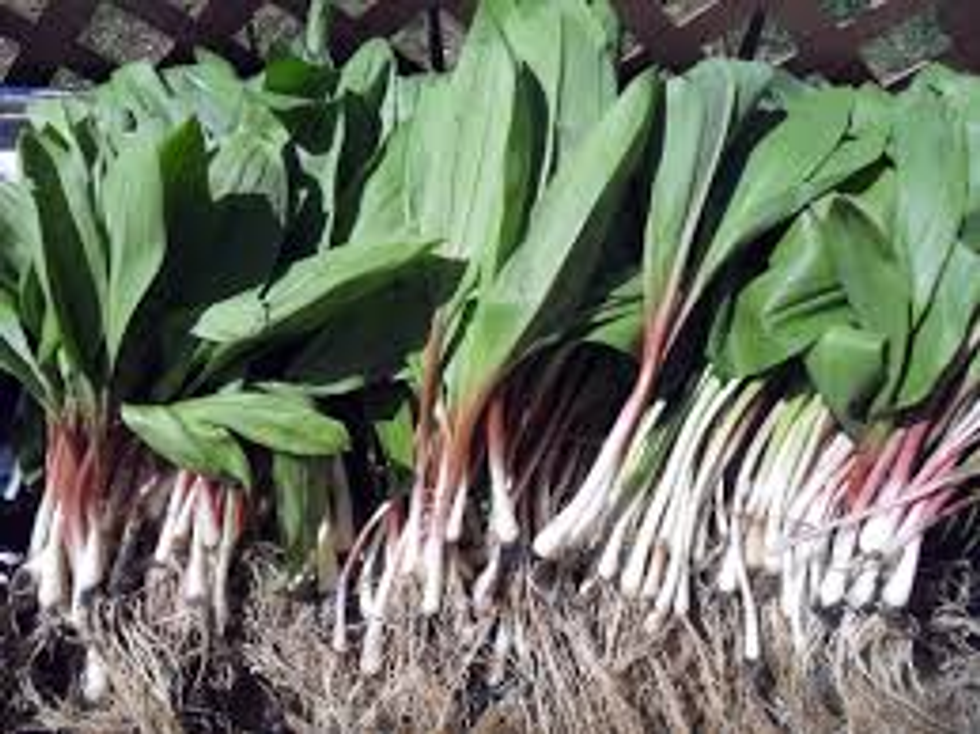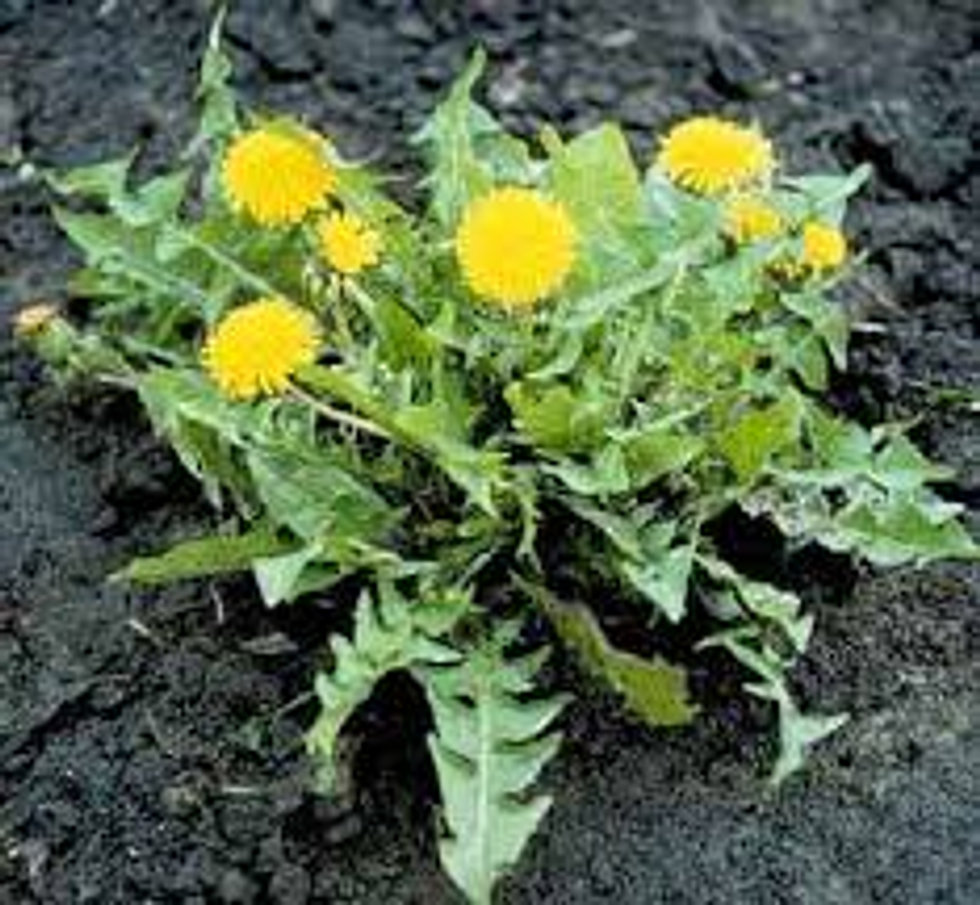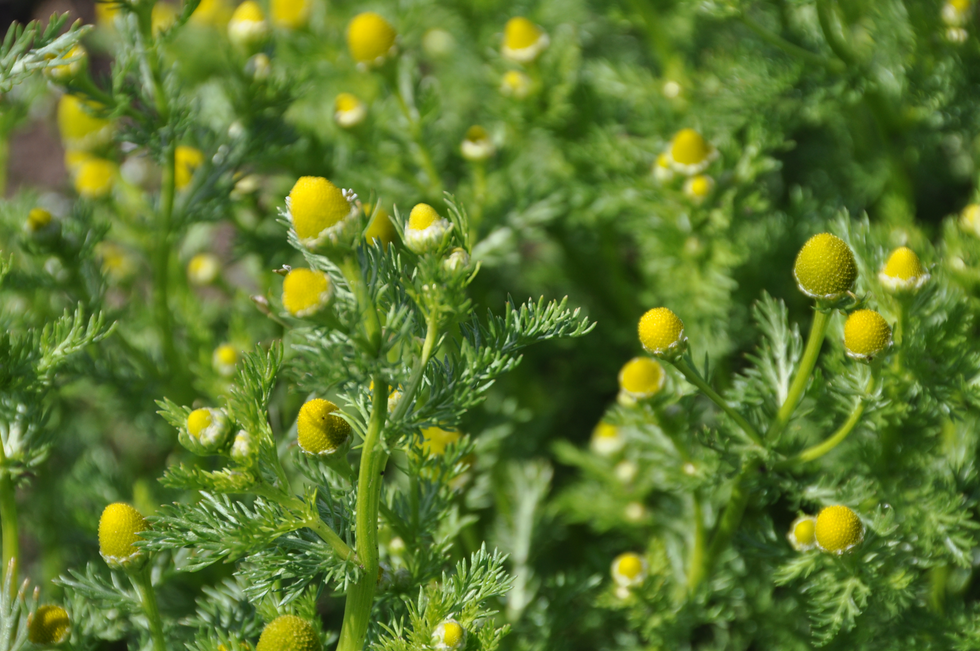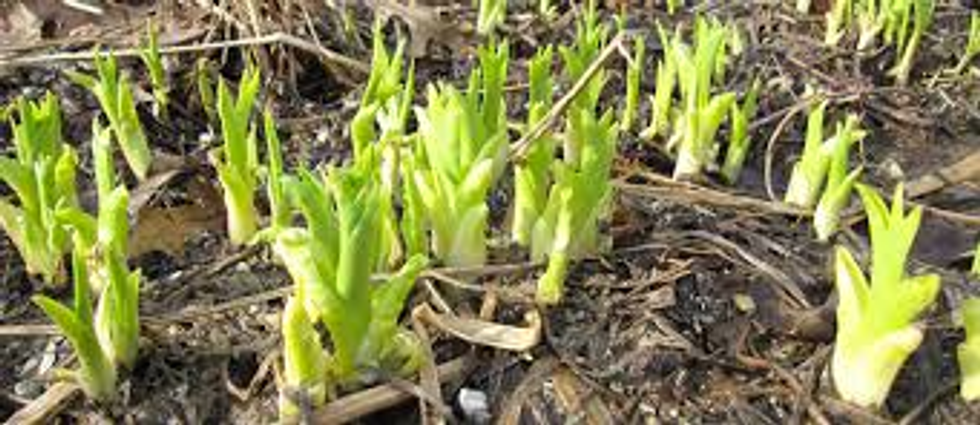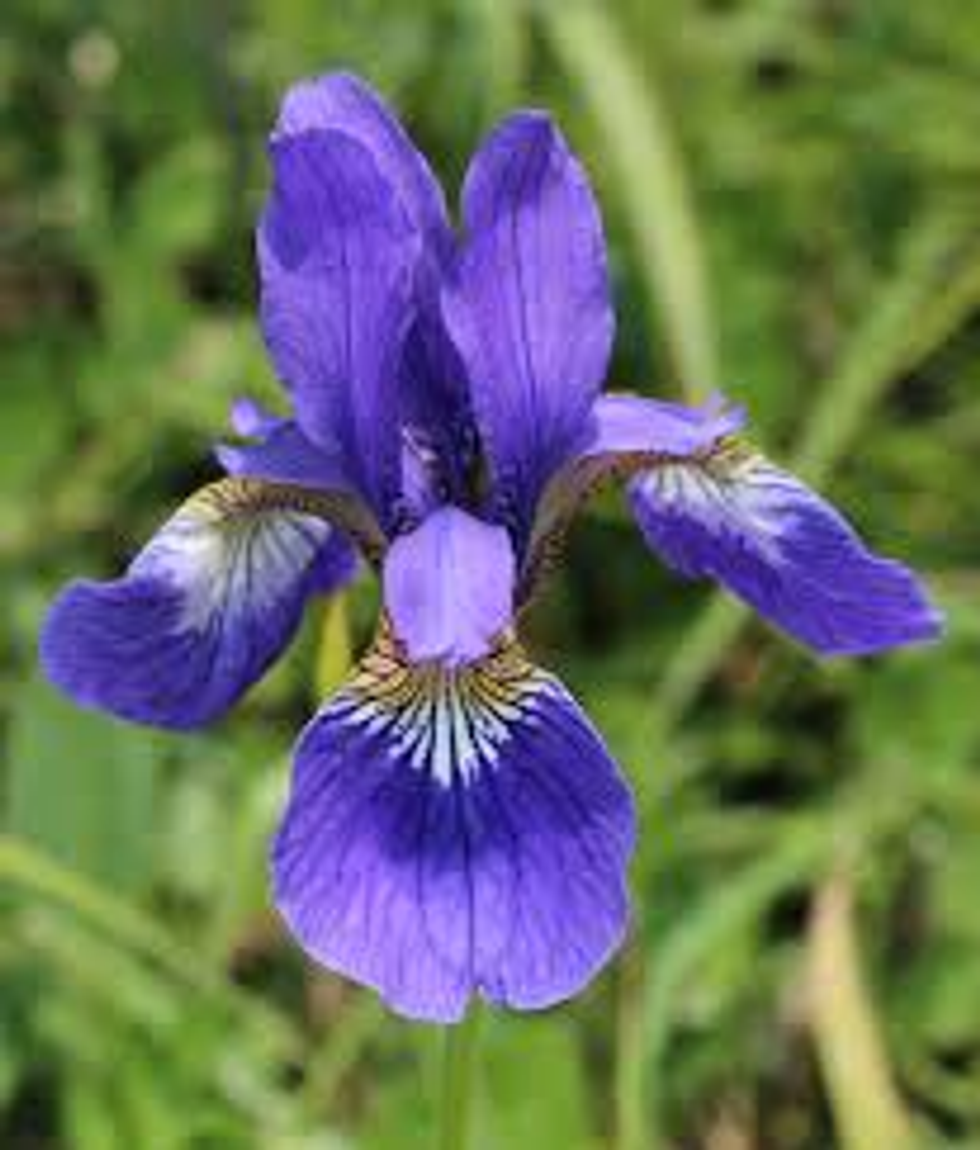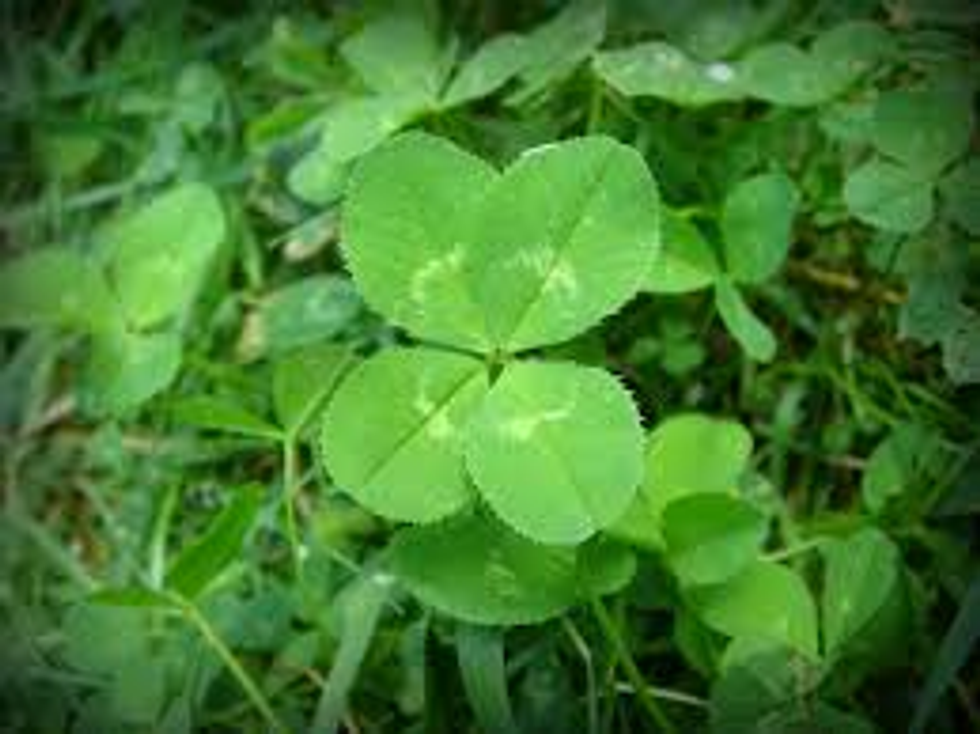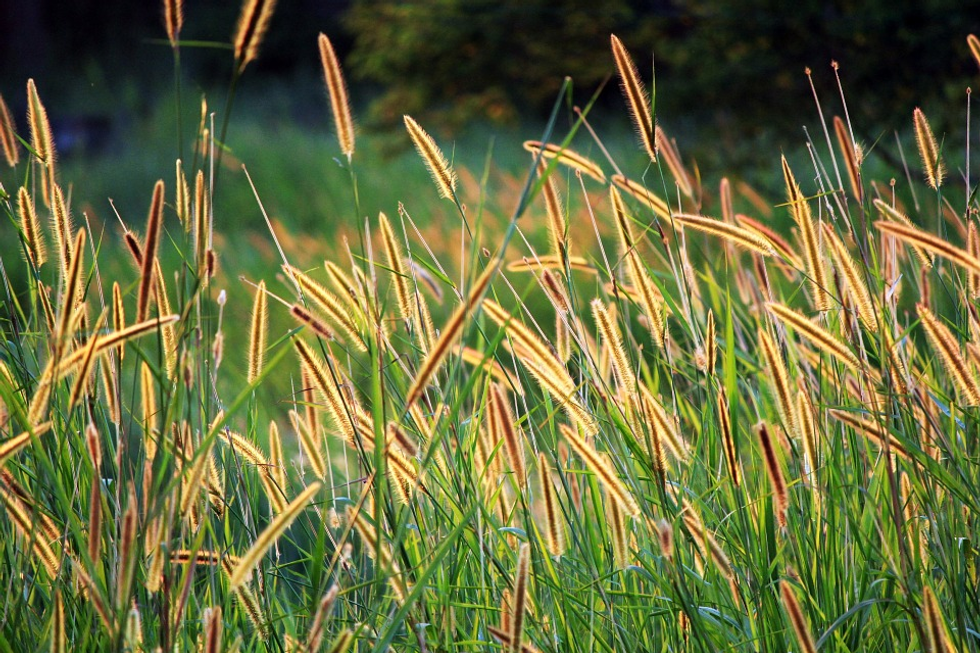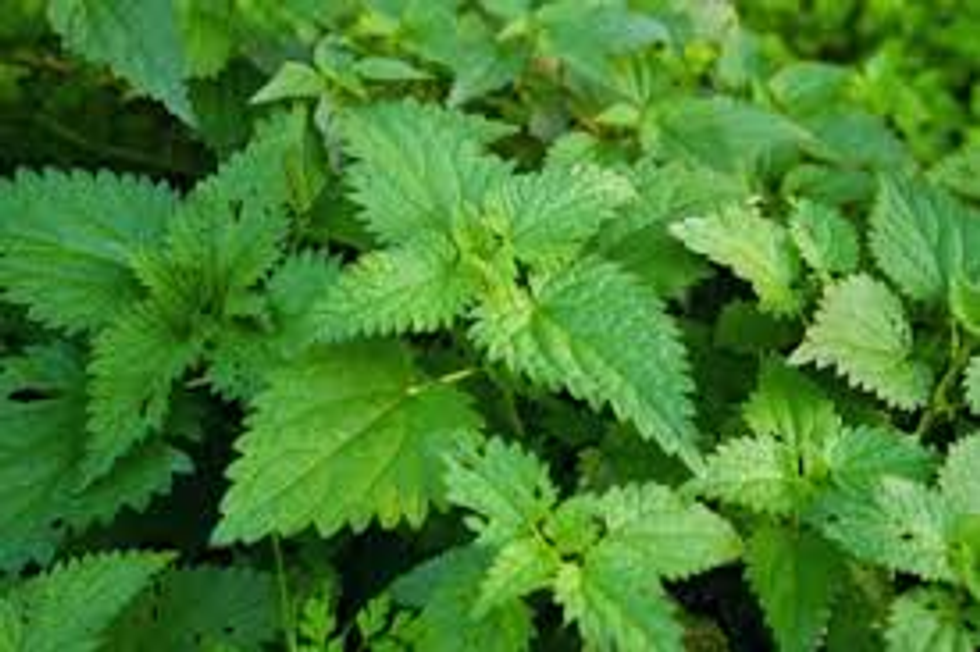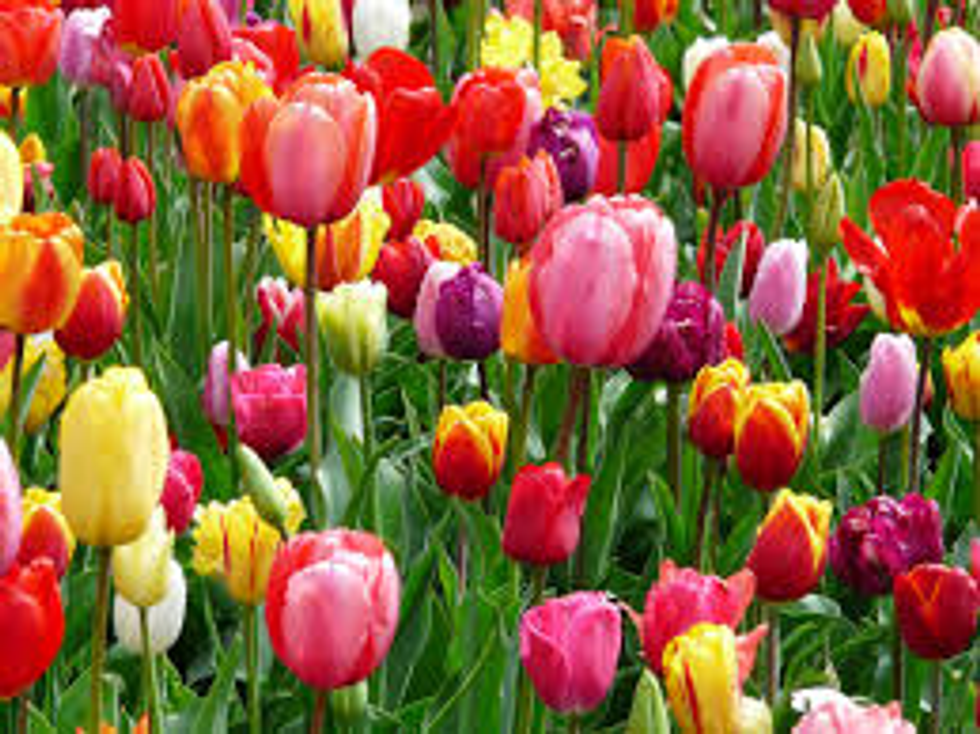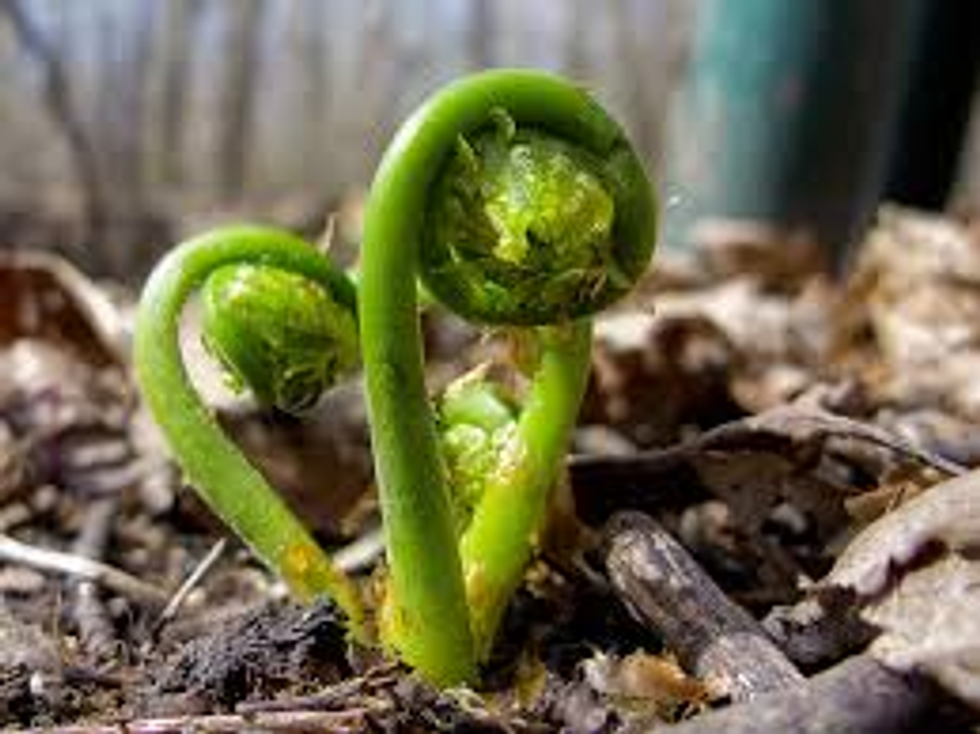Okay so you’ve graduated college.
You’re on your own! These are thrilling times, yes, but they are hard times. Should you find yourself eating your last pack of ramen with $3.00 in your bank account, do not despair! I have survived for 21 years in a family that enjoys foraging, just for the pioneering spirit. Lucky for you, my parents are happy to share their knowledge. Should you fall upon hard times or simply be swept up in the glamour of food adventures, we have got you covered. With some input from my mother, here is a list I have complied of edible plants that can easily be found in the northeastern region of the United States.
Happy foraging!
1. Beech Tree Buds
The army teaches their soldiers to eat beech tree buds if they need to survive. Obviously they are only available in the spring, but no preparation is required:
“Just munch them. Sharp and bitter but apparently has some good nutritional value”.
2. Wild Leeks
Wild leeks can be cooked and eaten just like regular leeks.
“Delicious by the way.”
3. Dandelion Leaves
Unclear if its edible qualities were a factor in its selection of our school flower, but the dandelion is easy enough to recognize so you (probably) won’t poison yourself. The greens are the primary area of interest but the flower can be used to make wine!
“If you get them early you can eat them as a salad, but usually you just cook them as a green”.
4. Camomille
This well-known tea leaf often grows along the side of the road and is very easy to find.
5. Lily Shoots
A shoot is the young plant when it is first poking through the ground. Steam them or boil them.
“They’re almost like a sweet green, they’re more like leeks than spinach or swiss chard. I think they are delicious, myself.”
6. Iris Roots
If you dig up the roots you will find a tubular vegetable. This resembles a potato, but do not expect it to be soft and sweet like a potato. The texture is stringy and tough and they are a little bitter.
“They weren’t bad...they were earthy.”
7. Clover Leaf & Roots
Today’s your lucky day. All of the clover is edible and a little sweet - just steam them!
8. Grass Seeds
‘How will I get my protein?’ you may be asking yourself. Never fear, grass seeds can be boiled like rice for a flavor best described as “chewy”.
9. Nettle Leaves
My mother compares their flavor to kale. Like most greens, they can be boiled. I would recommend picking the smaller ones over the tougher, bigger ones. Just make sure you pick them with gloves!
10. Tulip Petals
If you live in a more urban area, feel free to raid your local park or neighbor’s flowerbed.
"No need to cook them, but they’re lovely in a salad."
11. Fiddleheads
These are served as a delicacy, but they are easily found in the wild. They available for a few weeks in the spring because they have to be picked when a fern is just popping up out of the ground, but before it has unfurled. They can be steamed or boiled, and often eaten with just a splash of vinegar.
There you have it, folks. I hope it never comes to this, but at least now you are prepared for the worst. Good luck out there.
**Disclaimer: We are far from experts. Just because we haven’t poisoned ourselves yet doesn’t mean you should let us blindly lead you into the world of foraging. Please fact check - I claim no responsibility if something goes horribly wrong.




